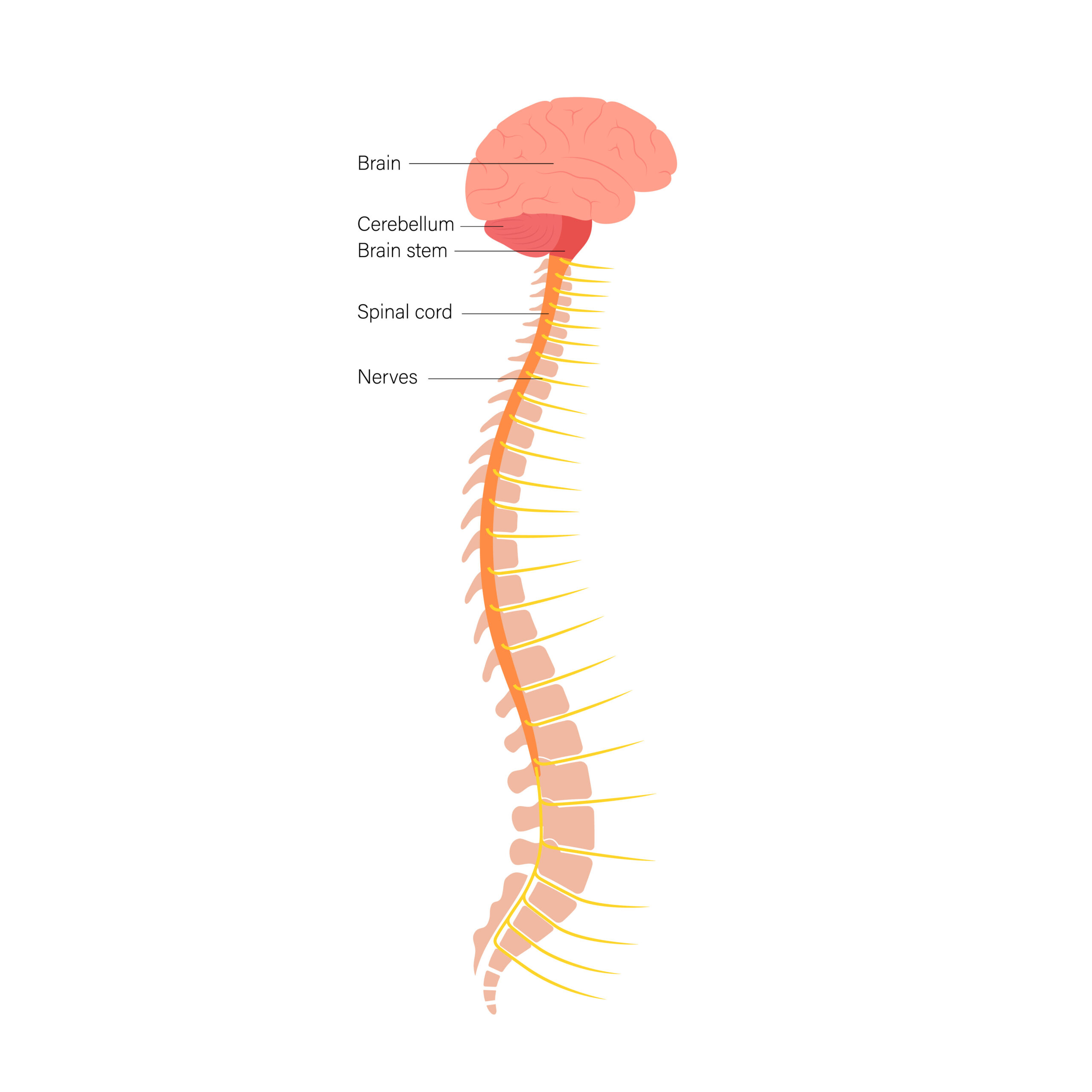Anatomy brain parts (copy)
1/13
There's no tags or description
Looks like no tags are added yet.
Name | Mastery | Learn | Test | Matching | Spaced |
|---|
No study sessions yet.
14 Terms
frontal lobe
associated with problem solving, morality, concentration, personality/humor, voluntary movement, motor speech
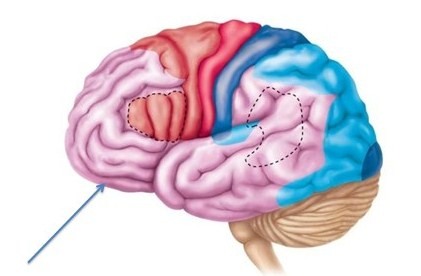
parietal lobe
primary somatic sensory (touch, pain, cold), controls the use of words and understanding speech, eye coordination, reading
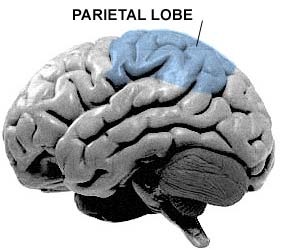
temporal lobe
interpret sensory experiences (hearing, scent memory), memory of visual and auditory patterns, CONTAINS HIPPOCAMPUS, this part is all about memory
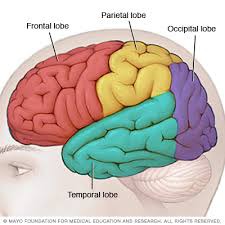
occiptal lobe
located in the occiptal part of the head; made for visual processing
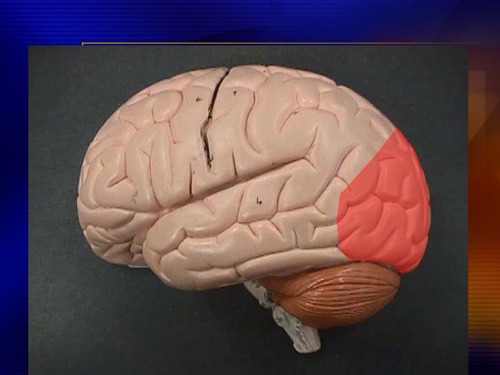
corpus callosum
the large band of neural fibers connecting the two brain hemispheres and carrying messages between them
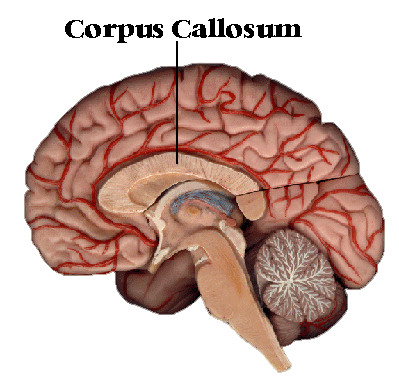
Thalamus
the brain's sensory control center, located on top of the brainstem; it directs messages to the sensory receiving areas in the cortex and transmits replies to the cerebellum and medulla. Controls all 5 senses besides smell.

pineal gland
secretes melatonin
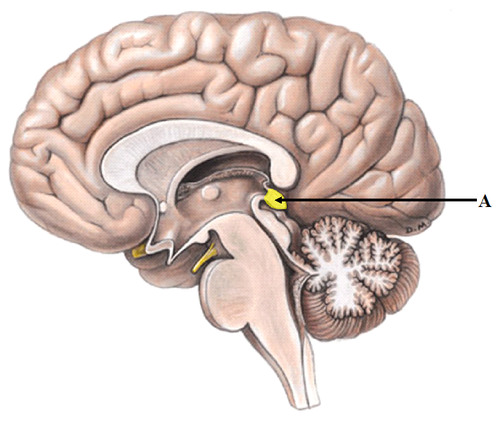
Hypothalamus
A neural structure lying below the thalamus; it directs several autonomic activities (eating, drinking, body temperature), helps govern the endocrine system via the pituitary gland, and is linked to emotion and reward.

pituitary gland
The endocrine system's most influential gland (master gland). Under the influence of the hypothalamus, the pituitary regulates growth and controls other endocrine glands.
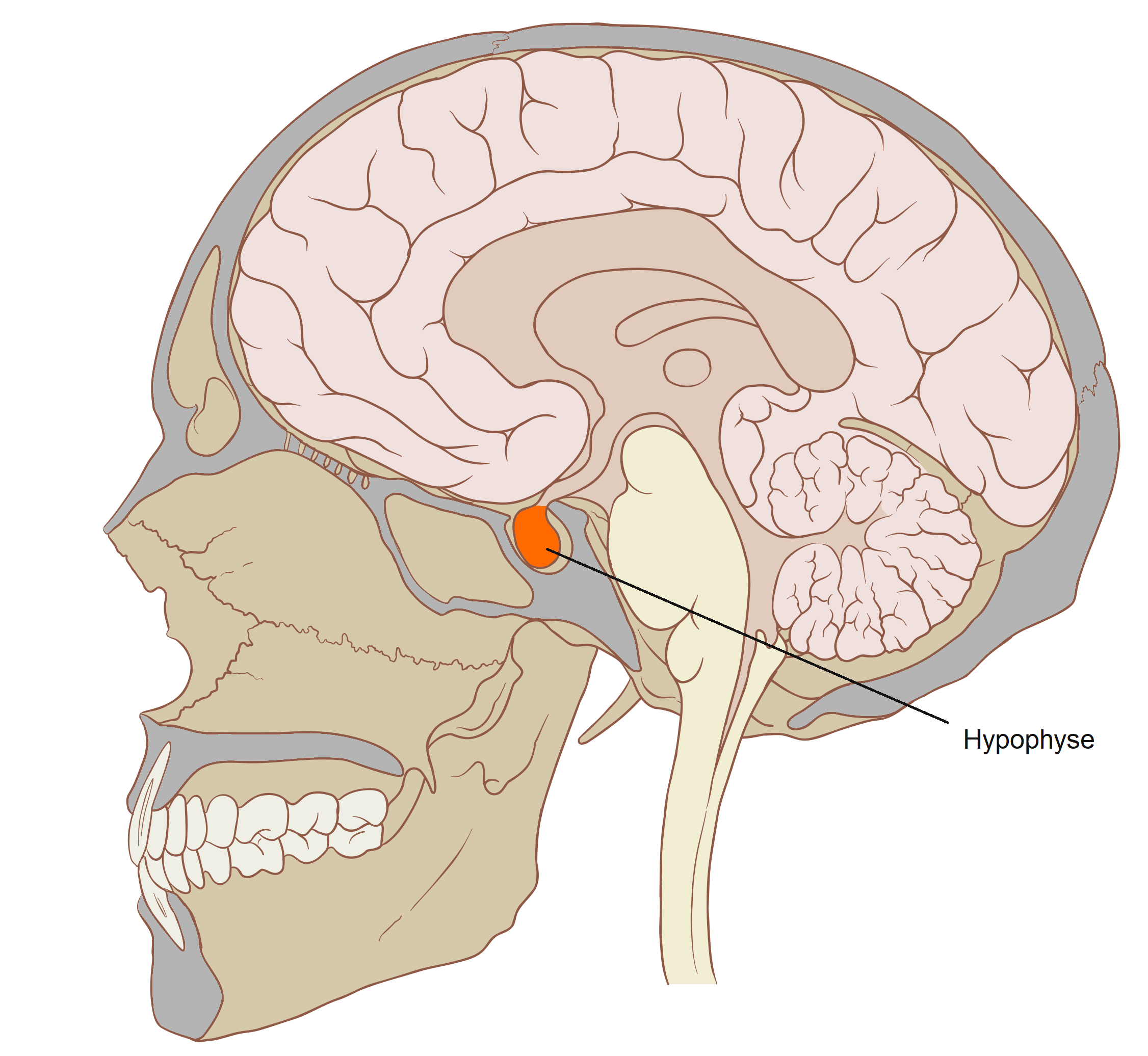
Cerebellum
the "little brain" at the rear of the brainstem; functions primarily include processing sensory input and coordinating movement output and balance

Pons
A brain structure that relays information from the cerebellum to the rest of the brain
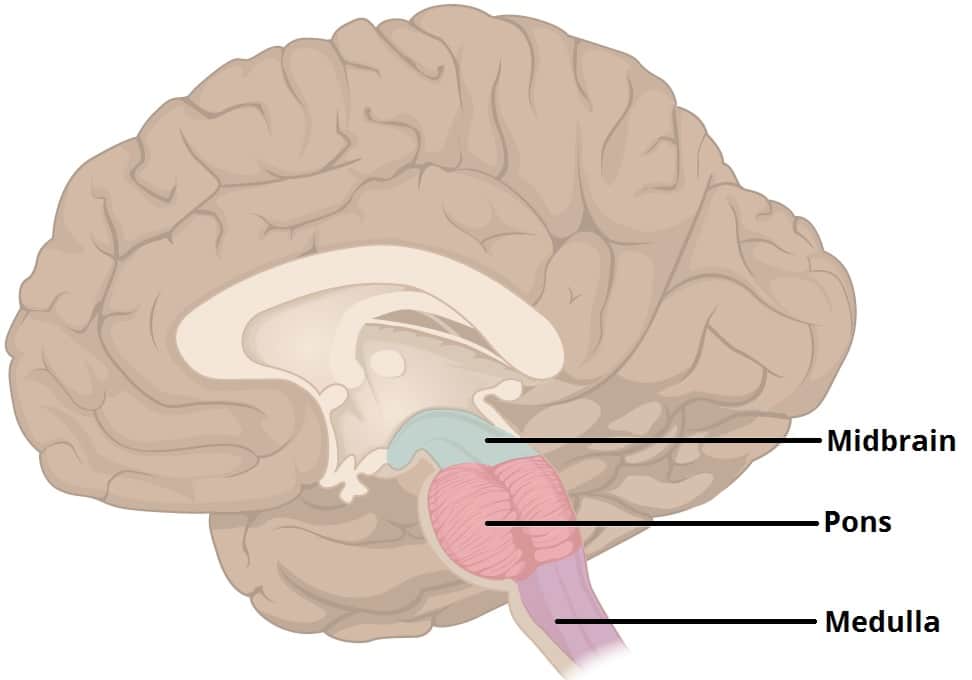
Midbrain
A small part of the brain above the pons that integrates sensory information and relays it upward.

Medulla
the base of the brainstem; controls heartbeat and breathing
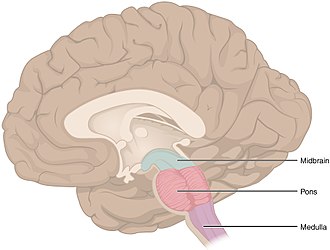
spinal cord
a major part of the central nervous system which conducts sensory and motor nerve impulses to and from the brain
